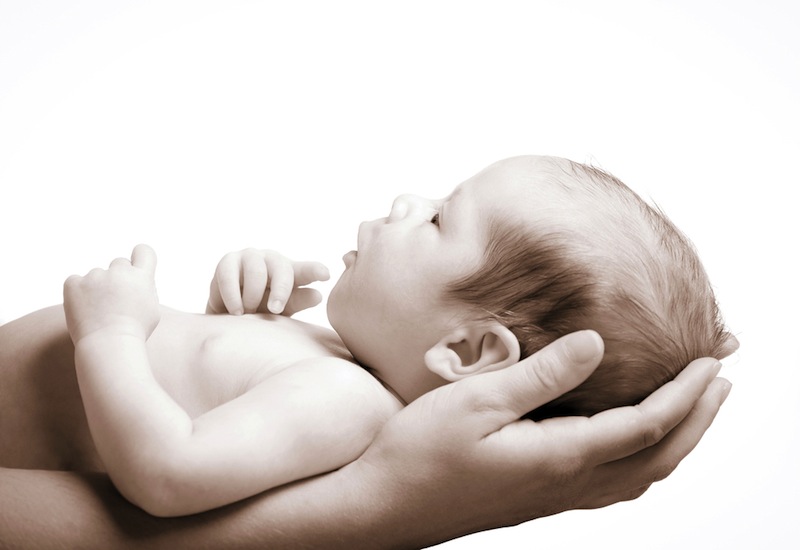Even Slightly Preterm Babies Face Risks

Infant death rates in the United States continue to decline, but babies born even just a few weeks early are at considerably higher risk for death than those born at full term, according to a new report.
In 2013, there were 5.96 infant deaths for every 1,000 live births in the United States, down slightly from 5.98 deaths per 1,000 live births in 2012, according to the report, from the Centers for Disease Control and Prevention. U.S. infant mortality has dropped 13 percent since 2005, when there were 6.86 deaths for every 1,000 live births, the report said.
One of the most important predictors of infant survival is the baby's gestational age, which is a measure of how long a pregnancy lasts. (A full-term pregnancy is 39 to 40 weeks.) About two-thirds of all infant deaths in the United States occur among those born before 37 weeks, the researchers said.
In 2013, the infant mortality rate for very preterm infants, those born at less than 32 weeks, was 88 times higher than that for full-term infants, the report found. But even infants born at late preterm, between 34 and 36 weeks, had a mortality rate that was four times higher than that of full-term infants (7.23 deaths per 1,000 live births for late preterm infants versus 1.85 deaths per 1,000 live births for full-term infants).
The rate of death for so-called early term infants, those born at 37 to 38 weeks, was 3.01 deaths per 1,000 live births, 63 percent higher than the rate for full-term infants, the report said.
"Important growth and development occur throughout pregnancy, all the way through the final few weeks," the CDC said. Because babies born early are less developed, they can have more health problems than babies born later. [Blossoming Body: 8 Odd Changes That Happen During Pregnancy]
Twins and other sets of multiple births are also more likely to be born premature and with low birth weights, and this group has a higher rate of death. In 2013, the rate of infant mortality for twins was 24.37 deaths per 1,000 live births, which is four times higher than the rate for single births, the report said.
Get the world’s most fascinating discoveries delivered straight to your inbox.
There were significant disparities in rates of infant death among different racial groups. The infant mortality rate for blacks in 2013 was 11.1 deaths per 1,000 live births, compared to 5.06 deaths per 1,000 live births among whites, and 5.0 deaths per 1,000 live births among Hispanics, the report said. Compared to white women, black women have a higher percentage of preterm births and low birth-weight births, which affect infant mortality rates, the researchers said.
The leading causes of infant mortality in 2013 were congenital malformations (birth defects) and chromosomal abnormalities, which accounted for 20 percent of all infant deaths, the report said. Short gestation and low birth weight accounted for the second leading cause, followed by complications in the mother, sudden infant death syndrome (SIDS) and unintentional injuries.
The death rate from SIDS has declined in recent years; from 2005 to 2013, the SIDS mortality rate decreased 26 percent. However, the rate of death from unintentional injuries increased 11 percent during this period, the report said.
Follow Rachael Rettner @RachaelRettner. FollowLive Science @livescience, Facebook & Google+. Original article on Live Science.

Rachael is a Live Science contributor, and was a former channel editor and senior writer for Live Science between 2010 and 2022. She has a master's degree in journalism from New York University's Science, Health and Environmental Reporting Program. She also holds a B.S. in molecular biology and an M.S. in biology from the University of California, San Diego. Her work has appeared in Scienceline, The Washington Post and Scientific American.


